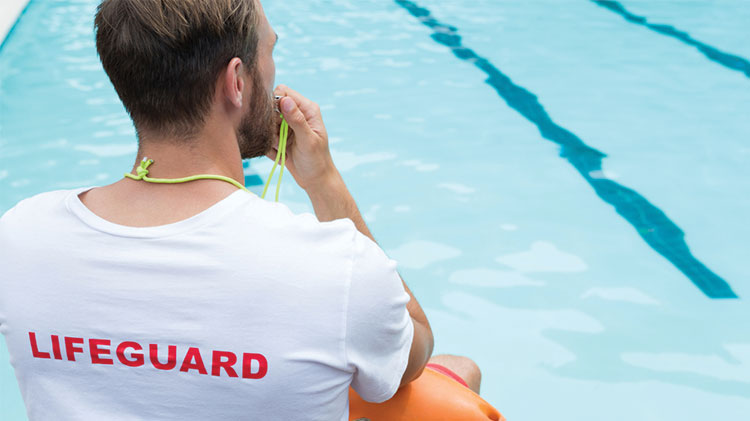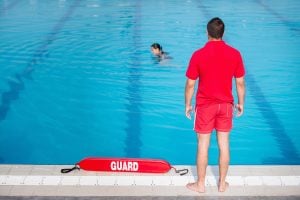It is highly recommended that a lifeguard is present at your trip at least a few minutes before. In fact, some rescue agencies will require you to show up at least fifteen minutes early. This early arrival allows a lifeguard to set up their personal equipment and also allow them to control the current conditions, including ocean, wind, climate, and environment.
It is vital to consider these issues, as these conditions are usually a good indicator of what to expect for the next life-saving day. For example, if a lifeguard notes that there is a large swell, they could expect a busy day full of preventative and rescue.
After installing personal equipment and environmental monitoring, lifeguards are often reported to a supervisor (either personally or via a communication device) to begin their shift. After this verification with a supervisor, a lifeguard will install your lifeguard tower or station while you diligently maintain and monitor your water.
Many times the bodyguards save signs and flags to indicate the dangerous areas of the beach and other important posters to the public. These signs and flags will facilitate lifeguard work because it provides the public with important security information so that they can make secure decisions on the beach.

Following these configuration procedures, a lifeguard will prepare for the day's work. This will include checking all medical devices and rescue equipment and checking that everything is working properly. In addition, a lifeguard must ensure that his or her personal equipment is prepared and ready to be rescued at any time.
The lifeguard's main responsibility is to investigate the designated area both on land and at sea. In no time will a lifeguard be allowed to take his eyes out of the water unless a supervisor states otherwise.
Remember, it only takes a few seconds for a shock or a medical emergency to occur. It is extremely important that a lifeguard is proactive and prevents any possible rescue and emergency before they occur.
A diligent lifeguard will identify potential hazards and rescue conditions and intervene before they happen. For example, instead of letting a child venture into dangerous waters and become a rescue victim, a proactive lifeguard prevents the child from entering the water. It is much better to prevent rescue than to save people.

When a lifeguard prevents a rescue situation from occurring, there is nothing left to chance and possible emergencies can be avoided.
In the event of an emergency, these lifesaving skills will help a lifesaver in your response.
In the last hour of a shift, a Lifeguard class begins cleaning your lifeguard station or tower. It is about getting rid of the garbage, organizing rescue and medical teams and sweeping the area of sand or dirt. It is important to remember that even if a lifeguard is busy cleaning your station, there is no time when the lifeguards' tasks are neglected.
In the last 30 minutes of the shift, it is strongly recommended that a lifeguard close the public in the surrounding area. This includes warning and warning to the public that there will no longer be lifeguards on duty and being instructed to be very careful when entering the water.
During this time, a lifeguard will also inform the public of a potentially dangerous area. Before the end of the shift, a lifeguard will notify a supervisor who will leave the service and inform him or her of any topic of interest that has arisen during the day.
No comments:
Post a Comment